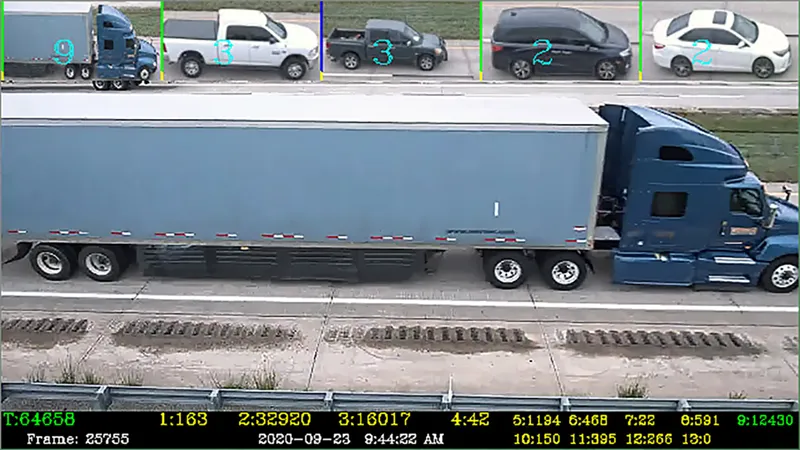The
SmartDrive uses technology that combines vehicle data and video, including a driving performance system connected into the vehicle engine control unit (ECU), a 96 G-force crash sensor as well as industry standard 3-axis accelerometer and the ability to trigger from third-party telematics sensors, including ATC, lane departure and more.
The easy to use in-vehicle system pinpoints specific driving manoeuvres and identifies specific areas where drivers can improve their driving skills, reducing fuel-wasting manoeuvres.
Improving driver safety with SmartDrive
The SmartDrive video-based driver performance improvement program helps eliminate the riskiest driving manoeuvres to reduce collision frequency and severity, costs and improve the overall safety performance of the fleet, according to SmartDrive Systems.
November 13, 2015
Read time: 1 min








